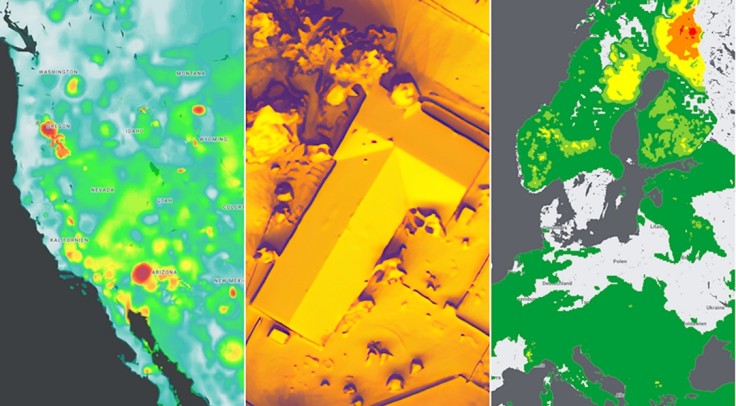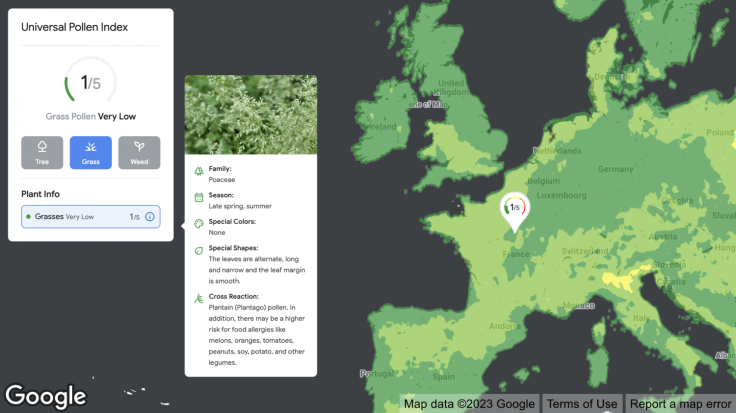Google is turning its Maps app into something more.
The search giant recently announced it is introducing three environment APIs to its Google Maps app to help developers create new sustainability tools and adapt to "new environmental realities."
Google previously launched Google Maps as an app to help people navigate various locations during their travels, per Google's Feb. 2020 blog post.
New APIs For New Environmental Realities
Google mentioned in its announcement it is introducing a new API suite for app developers to work with to help them understand the world's changes. According to Yael Maguire, vice president of Geo Sustainability at Google, the new suite can help developers, businesses, and organizations build tools that map and mitigate environmental impact, per a Mashable report.
Google shares Maguire's sentiments. It hopes the newly introduced suite will help them create new sustainability tools, share actionable insights, and encourage people to "adapt to new environmental realities."
"With these three new Google Maps Platform APIs, businesses can access comprehensive and up-to-date environmental information to develop sustainability products and help people adapt to the impacts of climate change," Maguire said.
API For Solar Data

The new API suite Google introduced comes with three APIs - the first being the API that scales solar adoption and installation. According to Google, it launched such an API to help solar companies give homeowners the info they need to make informed decisions about solar installation.
As such, this API has two distinct functionalities: Building Insights and Data Layers. These functionalities help consumers and businesses determine if a location gets adequate sunlight for a solar panel array and what array is the best fitting.
Google hopes this API will help create more environmentally friendly buildings, accelerate rooftop solar installation, and mitigate carbon emissions.
API for Air Quality, Pollen Data

The other two APIs Google introduced help consumers and businesses monitor air quality and pollen. Google mentioned that the former now provides information from multiple data sources to provide access to reliable air quality data.
These data sources include government monitoring stations, low-cost sensors, meteorological data, satellites, land cover, and live traffic information on Google Maps. Google explained that using these sources will help them fill in the blanks if one of them becomes unavailable.
As a result, the Air Quality API provides the ability to visualize pollution via heatmaps and in-depth information about the pollutants in question and what people can do to protect themselves.

Meanwhile, Google's Pollen Data API provides users with localized pollen count data, heatmap visualizations, detailed plant allergen information, and actionable tips for allergy sufferers to limit exposure. The search giant hopes that this API will help people limit the risks of exposure to allergenic pollen, make better-informed daily decisions, and adapt to longer, more severe allergy seasons in the face of a changing climate.
Businesses and organizations can also benefit from this API. It can offer insights for organizations studying the connection between pollen and climate, as well as companies that want to help their users make healthier decisions.
Related Article : Google AI-Powered Search Gets Upgrade During Japan, India Expansion









